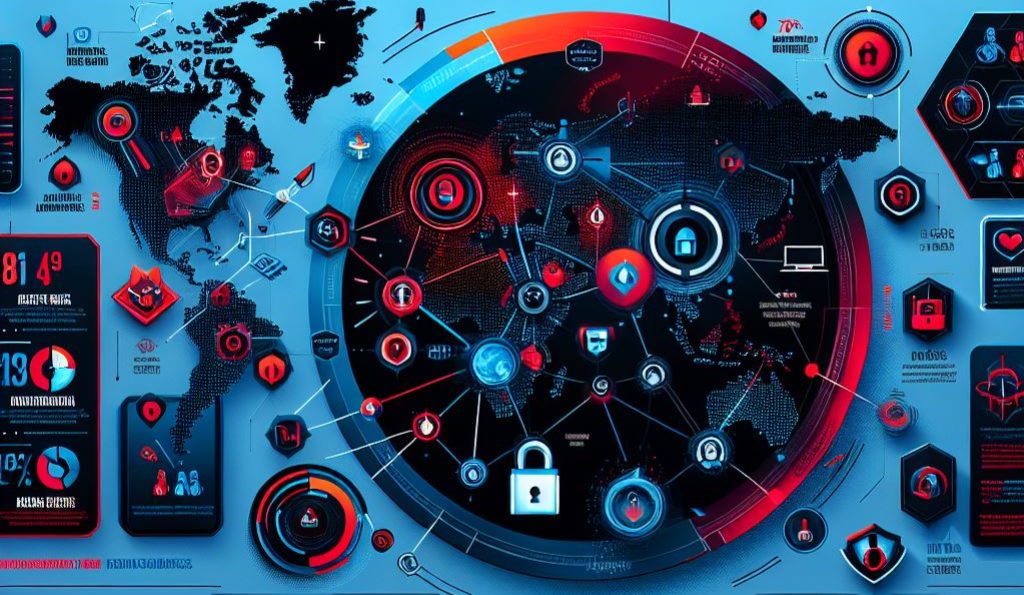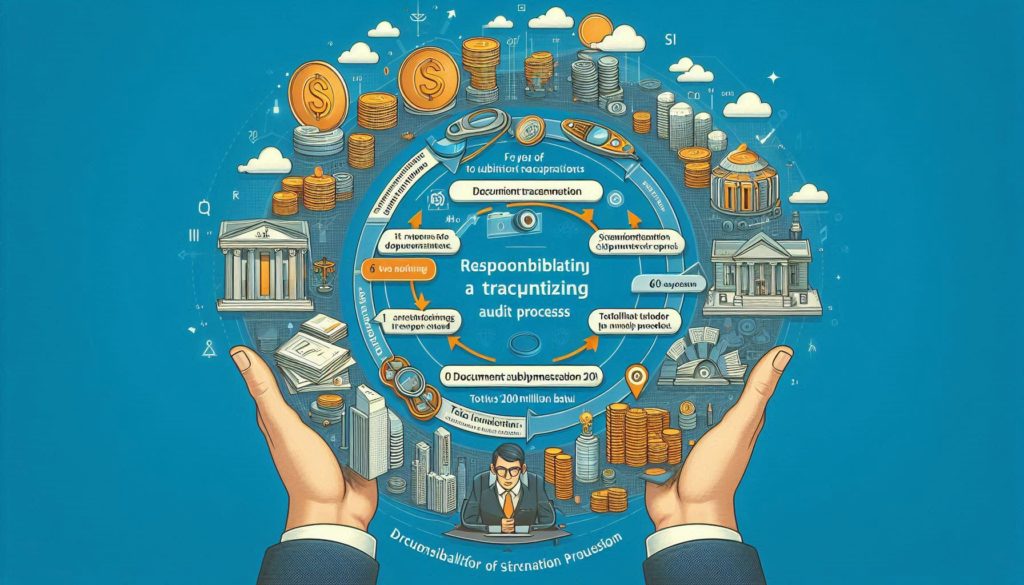COVID-19 has drastically changed the global economic outlook, and now more than ever, it is important to balance realism with optimism.
We have no way of knowing how long the COVID-19 crisis is going to last and what the World will look like once it has passed but what is certain is that things are going to be very different. Survival will depend on agility and to this end, decision makers need to, at the earliest opportunity, take a long hard unemotional look at their business to establish Strengths, Weaknesses, Opportunities and Threats (“SWOT Analysis”). Based on the results, flexible models should be prepared which allow for “What if” analysis. This will give decision makers the tools to update models as the present unknowns unfold and to take appropriate corrective action.
First reactions may well be “we don’t have the resources”. We disagree. If your business has in the past been successful, generally there must have been competent management. This time of limited economic activity is the perfect time to do a SWOT analysis. Lets’ refer to this as the “Information Collecting” phase.
Once information has been identified and collected, the next step is the “Modelling” phase. Quality of information is critical. In this phase flexible models are developed. If your inhouse staff do not have the skills, get help. Yes, there will be costs but this can be minimized by maximizing the quality of information which forms the basis of modelling.
Once modelling is complete you now have a tool to assist you in making informed decisions moving forward.
We have broken the COVID-19 related business environment down into three stages:
Staying Afloat
The biggest short-term threat to your business is access to cash. In the quest to preserve cash, decisions are made which may have unintended consequences. An example of this is laying off staff. The intended outcome is to reduce costs however the immediate result is a cash outflow paying notice, leave and severance pay. Delaying payments to suppliers may result in losses of discounts or a tightening of credit terms or your account being suspended.
Decisions should not be taken in isolation but after considering the bigger scenario. Flexible models will assist you with this.
Adjusting
Some businesses can adjust to the changing situation but others cannot. Your SWOT and modelling will give you the tools to decide whether to adjust your current business model to enable survival under these new conditions. Regretfully, if you cannot, the reality of business failure must be recognised in an unemotional fashion, as hard as it is, and be planned for.
The Wake
The only thing we know for certain about life after COVID-19 is that it won’t be the same as life before. Many employees have adjusted to working from home and communicating via video, voice and text. This might not be a substitute for in-person meetings, but the need to work religiously at an office may not be the way of the future but rather a hybrid.
The potential impact on office building owners may be material. Let’s look at a scenario where some businesses are able to effectively adapt to or even thrive by having their teams working partly from home with co-working space in an office, mainly to facilitate team and client meetings so a much reduced area from that currently rented, we could see the demand for office space drop and the rental rates (often a significant fixed cost to businesses) fall. In the case of Bangkok, commercial real estate agencies were releasing articles about Bangkok’s imminent office space oversupply approaching well before the crisis was upon us. This could have catastrophic for an already [potentially] at-risk market and the jobs associated with it.
Office space is just one example of the potential collateral damage we might see in the wake of the COVID-19 crisis. The impact that COVID-19 will have on consumer and business behaviour is still largely unknown and paradigm shifts of this magnitude are not in the control of business decision makers. No one has the answers.
What can be done?
We see communication, idea sharing, and scenario planning as sound practices to prepare decision makers for an uncertain future. This crisis has affected everyone and only by working together will we overcome it. Seeing things through different lenses or perspectives can help identify angles that wouldn’t have been otherwise considered or reveal blind spots that decision makers overlooked.
How long can you stay afloat? What would an adjustment look like? Is raising capital an option? Is your business ready for a capital raise? What relief measures have been put into place? What relief measures apply to your business?
Currently, businesses are either in the “Staying Afloat” or the “Adjusting” stage – either way, strict control of cash flow is at the top of the list. Many business decision makers are too focused trying to survive instead of setting their sights on the bigger picture, and would greatly benefit from a second or third opinion but strict cash controls often don’t allow for this luxury.
There is no one size fits all in this situation, we suggest that decision makers communicate as much as they can as soon as they can to build levels of comfort and trust before making decisions without proper preparation.
If you’re interested in continuing this discussion, get in touch with me at jason.goldstein@pkf.com.
Authors:
Peter Taylor, Partner, PKF Advisory (Thailand)
Jason Goldstein, Director (Operations), PKF Advisory (Thailand)









